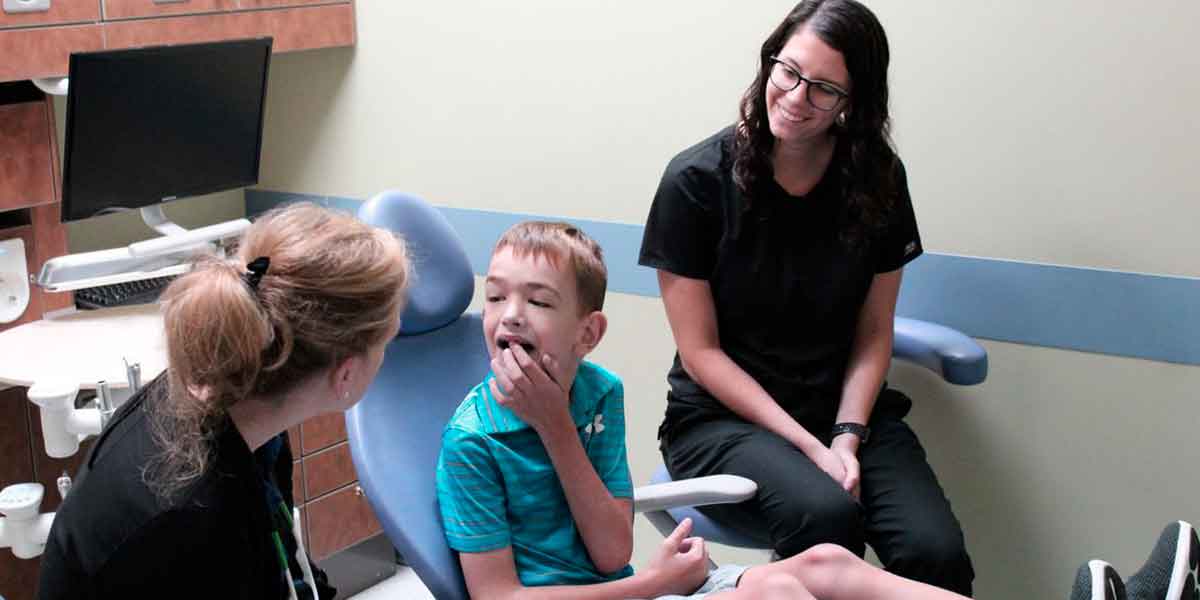Tongue tie, scientifically known as ankyloglossia, is a congenital condition that limits the movement of the tongue. It occurs when the lingual frenulum, the band of tissue connecting the underside of the tongue to the floor of the mouth, is abnormally short, tight, or thick. This restrictive condition can impact breastfeeding, speech development, and oral health. Pediatric dentists in Brooklyn specialize in providing various treatment options to address tongue tie and enhance the quality of life for affected children.
Understanding Tongue Tie
Tongue tie severity ranges from mild limitations in tongue movement to severe restrictions that significantly impair tongue function. Early identification and intervention are crucial to prevent potential complications associated with tongue tie.
Symptoms and Diagnosis
Symptoms of tongue tie can vary based on the child’s age, with common signs including difficulty breastfeeding or bottle feeding, limited tongue movement, speech issues, and oral hygiene challenges. Diagnosis typically involves a physical examination by a pediatric dentist or pediatrician to evaluate tongue movement and the lingual frenulum’s appearance. In some cases, a speech-language pathologist may be consulted for further evaluation.
Treatment Strategies
Treatment for tongue tie depends on the condition’s severity and associated symptoms, aiming to enhance tongue mobility and function. Frenotomy is a swift and straightforward procedure often performed on infants, involving the snipping of the lingual frenulum to release the tongue. This minimally invasive intervention offers immediate improvement in tongue mobility with minimal discomfort and swift recovery.
Advantages and Considerations
Frenotomy offers advantages such as quick recovery and minimal invasiveness but may involve potential risks like bleeding during the procedure and the rare chance of infection. Follow-up care is necessary to monitor proper healing.
Frenuloplasty, a more extensive procedure suitable for severe cases, entails making a deeper incision in the lingual frenulum and may require sutures. While effective for severe conditions, this procedure necessitates general anesthesia, leading to a longer recovery period and higher costs compared to frenotomy.
Post-Treatment Care
After undergoing a tongue-tie procedure, following post-treatment care instructions is crucial for successful healing and outcomes. Actions like adhering to feeding and oral care guidelines, performing recommended tongue exercises, monitoring healing progress, and scheduling follow-up appointments are essential for optimal recovery.
Benefits of Early Intervention
Early treatment for tongue tie can prevent complications and improve the child’s quality of life. Benefits include enhanced breastfeeding, improved speech development, better oral hygiene, and increased comfort in daily activities.
Finding the Right Pediatric Dentist
Selecting a qualified and experienced pediatric dentist in Brooklyn is vital for effective tongue tie treatment. Consider credentials, experience, patient reviews, and the clinic environment when choosing a specialist to ensure your child receives the best care possible.
addressing tongue tie early is paramount for children’s well-being. By collaborating with a skilled pediatric dentist, parents can access tailored treatment options and support for their child’s tongue tie condition. Consultation with a pediatric dentist can guide parents in making informed decisions for their child’s oral health and overall development.




